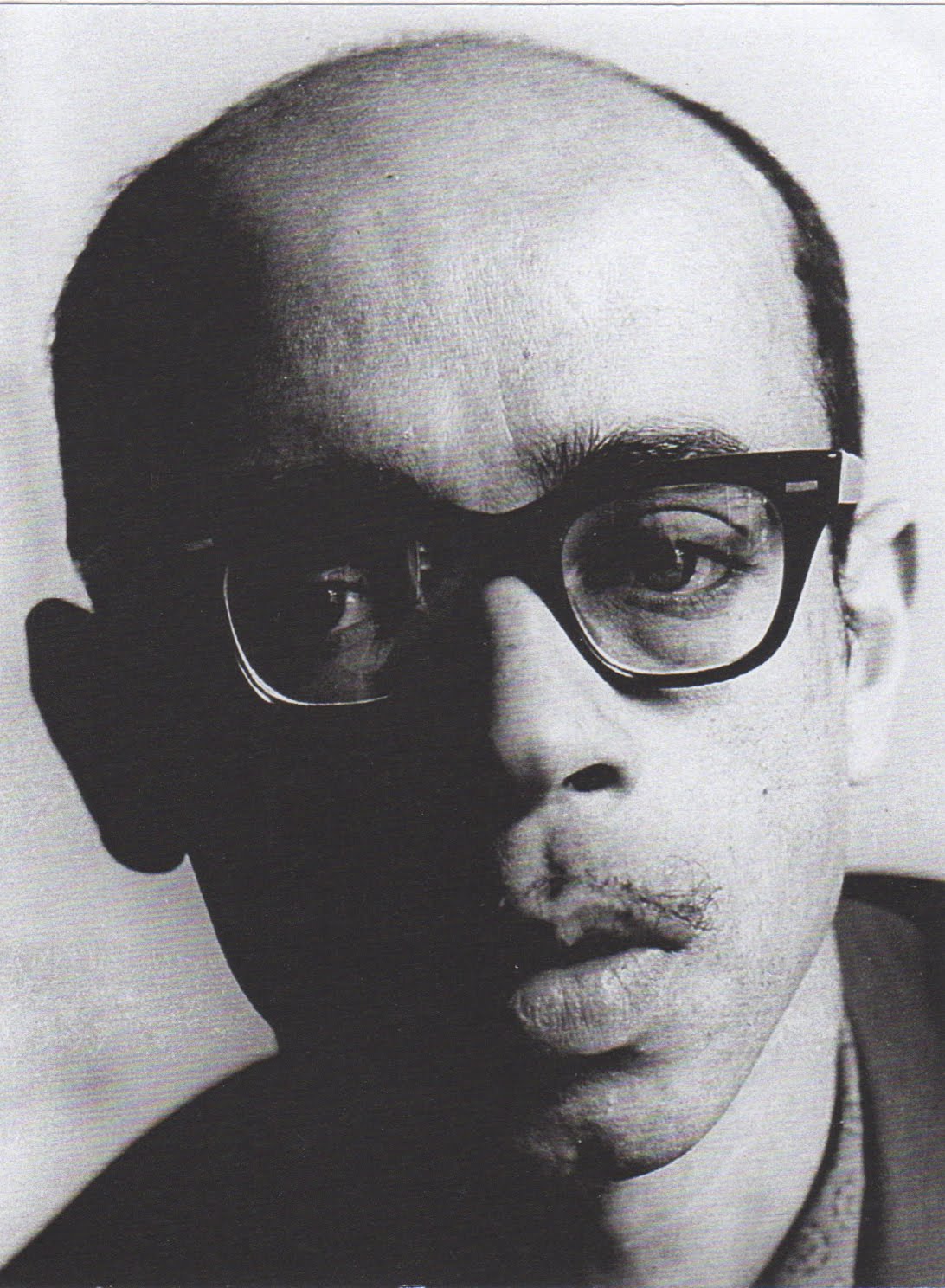Unknown Surinam Artist and My Hero Strolls around the Earth

Stanley Brouwn [ Paramaribo 1935 – Amsterdam 2017]
antonfoek
Amsterdam, January 28, 2023– Perhaps it would have been better if there had been no obituary by Stanley Brouwn here. Or if nothing at all is said about the artist, who died in Amsterdam on May 18, in this obituary. If even his birthplace and year were not revealed. That had been in the mind of the artist, who decided in 1972 that he no longer wanted to be at home in the public eye. No photos, no data, nothing.
But Stanley Brouwn (Paramaribo, 1935) is such an important conceptual artist that it happens anyway.
Moreover, his refusal to promote his art is itself becoming art. In a time when everyone has to advertise their existence, you can even see Brouwn as a pioneer of a counter-movement – as such he also figures in the new book by the British art critic Martin Herbert, Tell Them I Said No. It portrays ten artists who radically shun publicity.
Stanley Brouwn, Agnes Martin and David Hammons take a very different approach than, for example, Marina Abramovic. It is precisely through the use of her personality that she has become one of the most famous artists in the world. Her performance The Artist is Present ( 2010 ) at New York’s MoMa positioned her as a queen to her subjects, offering nothing more and nothing less than herself. The artist had become her work.
Brouwn shines precisely because of his absence. He has completely disappeared from his work, although his work is always immediately unmistakably Brouwn, thanks to the rigorous limitations in subject and design that he has imposed on himself. Deadpan paradoxically, he allowed the most personal to be impersonal. But just like Abramovic, he’s all about presence and absence. For example, Brouwn does not allow reproductions of his work to be depicted, no matter how matter-of-fact that may look. You have to experience it on the spot.
Amsterdam
Brouwn arrived in Amsterdam in the late fifties. For one of his first works, he laid sheets of paper on the street. If they had been driven or walked over, they were works of art. Also for the famous series This Way Brouwn (1960-1964), the artist managed to get around himself in a devious way by asking people for directions and having them draw that route. He stamped ‘This Way Brouwn’ on the results and exhibited them without further comment: sketched cards, completely detached from their function. Often it is not even visible that it concerns cards.
Throughout his career, Brouwn has focused on distance and how it is bridged and measured. For example, he recorded how many steps he took in a certain city or how large the room of a museum was. One of the few statements by Brouwn that has been recorded is also about distance: “More and more people make long-haul flights once or twice a year. The validity of the concept of distance is increasingly being eroded. In my work, distances are recharged, they gain meaning again.”
Brouwn made distance something very personal by juxtaposing the standard measurements as the meters with measurements he derived from his own body: the sb-foot, the sb-el and the sb-step. So he measured his way through life in his own units. But these measures are personal in the most impersonal way. What do you know about someone if you know their shoe size?
Body building
Brouwn’s work has not always remained conceptual. In 2005, his body brought it to building. At that time a small building (title: the building) designed by Brouwn, intended as a temporary building, was placed in Leidsche Rijn near Utrecht. The design, two rectangles stacked at right angles to each other, looks sleek, but the sizes are personal. It is made of boards that measure 5 by 5 sb feet. An SB foot is 26 cm. The simple shape also required a complicated construction, which was devised by architect Bertus Mulder. “It was really a tour de force to get it so tight,” he said in 2005.
Brouwn’s interventions, however hypothermic, always have a metaphorical quality that runs along the axes visible and invisible, personal and universal. Now they are crying out for a conventional interpretation. Brouwn, for example, was only the second artist of Surinamese descent to exhibit at the Stedelijk Museum in Amsterdam. How does that relate to his work? Some other achievements: Brouwn took part in the Documenta in Kassel in 1972, 1977, 1982 and 2002 and he represented the Netherlands at the Venice Biennale in 1982. He had his last major solo exhibition in 2005 at the Van Abbemuseum.
He also taught at De Ateliers in Amsterdam and at the art academy in Hamburg. In 1971, the year before he decided to become invisible, he fixed all his future work with a title: Man walks on planet earth. How I would love to read a biography about that man.
antonfoek